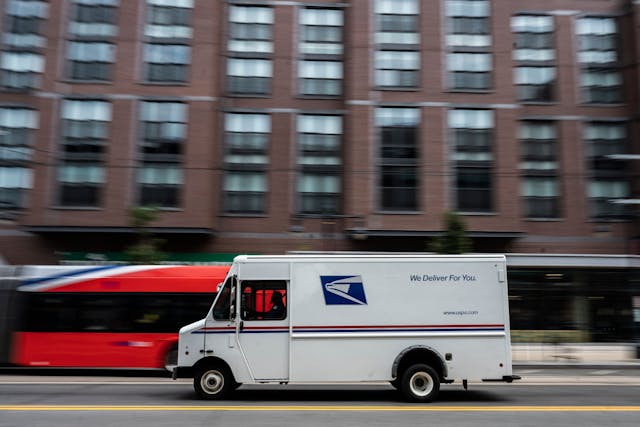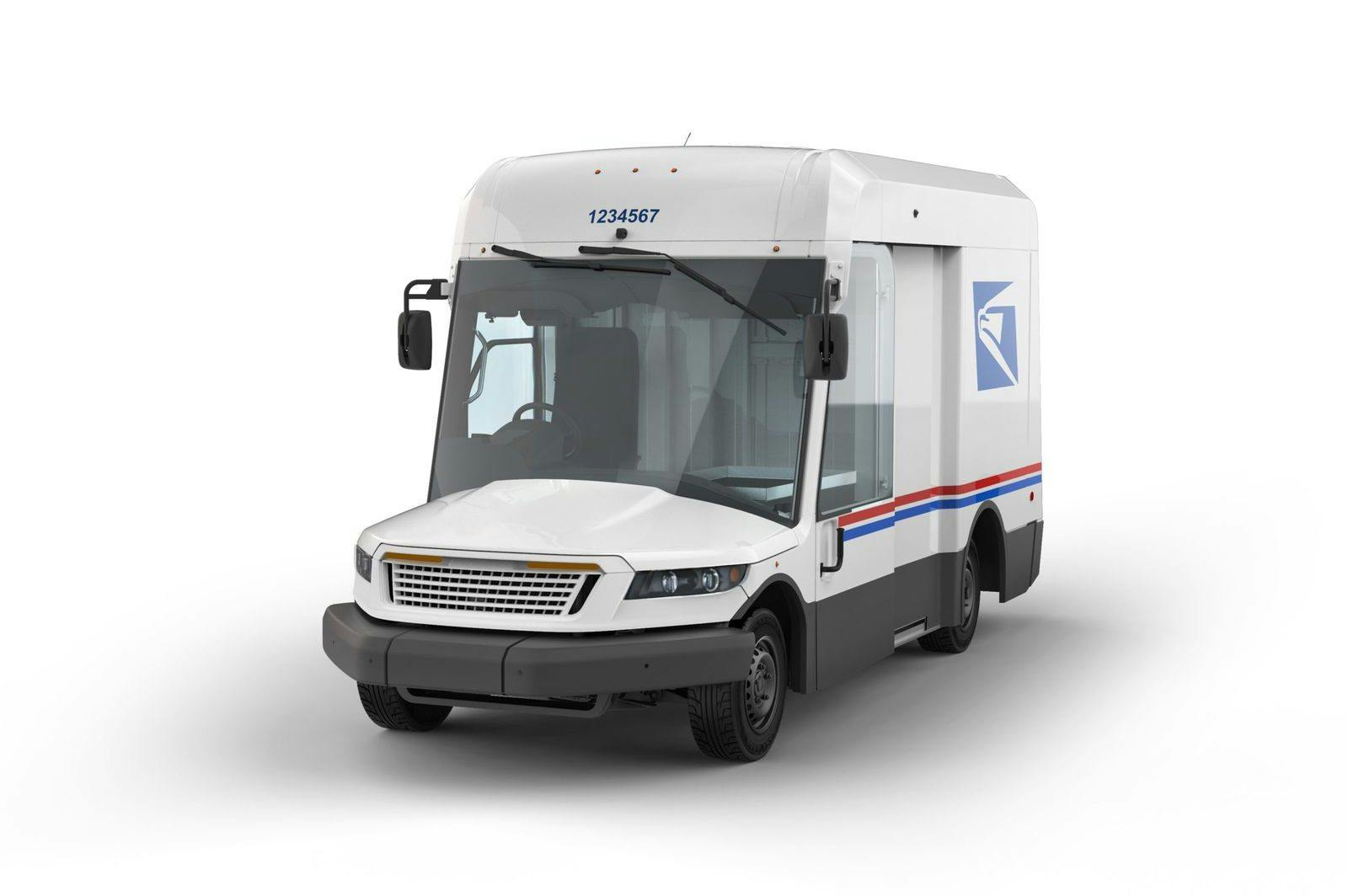USPS pumps the brakes on new fleet; going all-electric will add $3.3B
The United States Postal Service’s proposed plan for a new fleet of vehicles has taken a turn. Whether it’s for better or for worse depends on your point of view.
After the USPS was criticized on Capitol Hill for its $9.3 billion plan to replace 165,000 trucks—specifically because 90 percent of them would be powered by gas combustion engines—the government-operated service went back and crunched the numbers again. In its recently released Final Environmental Impact Statement, the USPS estimates that the cost of an all-electric fleet would be $11.6B. That’s an additional $3.3B.
If that price tag seems a bit steep, the USPS estimates that it could electrify 75,000 of its vehicles—less than half of the proposed total—for an additional $2.3B ($10.3B total). Still too high? That figure is a mere fraction of the financial losses the USPS has experienced in the last 15 years. According to a report published by the Government Accountability Office in September 2021, the USPS has lost more than $87 billion since 2007 as the volume of mail it delivers has dropped.

The FEIS summary includes the original USPS proposal: “… to purchase and deploy over a 10-year period 50,000 to 165,000 vehicles to replace, nationwide and on a one-to-one basis, existing delivery vehicles that have reached the end of their service life. These replacement delivery vehicles would be purpose-built, right-hand drive (RHD) Next Generation Delivery Vehicles (NGDV) or commercial-off-the-shelf (COTS) vehicles. While the Postal Service has not yet determined the precise mix of the powertrains in the new vehicles to be purchased, the Postal Service proposes that the new vehicles consist of a mix of internal combustion engine (ICE) vehicles and battery electric vehicle (BEV) powertrains, with at least 10 percent BEVs” [emphasis added].
That flies in the face of President Biden’s executive order, signed just last month, which states that by 2035 the government would purchase only zero-emission vehicles for the federal fleet.
Patricio Portillo, a transportation analyst at the Natural Resources Defense Council, tells energywire.com that it is difficult to evaluate the USPS dollar request because the new analysis offers little supporting data. To Portillo’s point, the Environmental Impact Statement asserts that EVs would cost less than gas-powered vehicles because they “would require less lubricants, oils, and greases,” but it does not offer detailed, corroborating figures.
“It doesn’t seem they’ve done their homework,” Portillo says.
The waters have also been muddied by conflicting reports on the practicality of an all-electric USPS fleet. Atlas Public Policy released a study in August 2021 that an estimated 97 percent of USPS vehicles could be electrified at a lower total cost of ownership than that of comparable gas or diesel trucks by 2025. The USPS study, on the other hand, reports that an EV mail truck “has a significantly higher total cost of ownership” than an internal-combustion one.
Another potential problem: The USPS already awarded the contract for its Next Generation Delivery Vehicle to Oshkosh Defense, which said in June that it would build a dedicated factory in South Carolina. Oshkosh Defense has no prior experience building electric vehicles. It has, however, developed hybrid-electric fire trucks and a prototype of an electric cement mixer.
Some vehicles in the USPS fleet have been in operation since 1987, midway through Ronald Reagan’s second term as president.

The U.S. Environmental Protection Agency’s publication of the FEIS in the Federal Register prompts a 30-day waiting period. Following the waiting period, the Postal Service will make a final decision regarding the Proposed Action and publish a Record of Decision.
So, when details are finally agreed upon, when can we expect new vehicles to be added the USPS fleet?
The FEIS says, “The actual timeline and quantities of NGDV or COTS vehicles purchased, and delivery vehicle types replaced, would be contingent upon the supplier’s production and delivery capabilities and the Postal Service’s operational needs, including individual carrier route needs, and the Postal Service’s financial position.”
Stay tuned.





